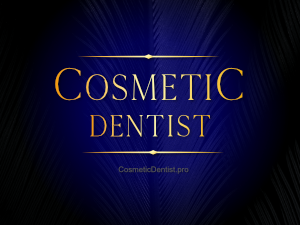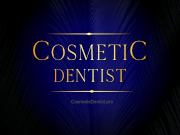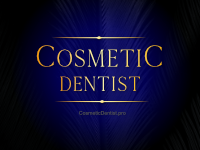Invisalign
Invisalign is the clear way to straighten teeth without braces, using aligners. Aligners are removable and virtually invisible, which means you can straighten your teeth without anyone knowing; and you can still eat and drink what you want.
The Invisalign Treatment process
Before a treatment plan can be created, impressions of your teeth are needed to check whether they can be straightened using the Invisalign System.
ClinCheck® Software
Once confirmed, a detailed treatment plan will then be developed using ClinCheck®, a virtual 3D treatment plan. ClinCheck® shows the series of step movements the teeth are projected to go through over the course of the treatment. This allows the patient to visualise how the teeth are expected to look at the end of the Invisalign treatment even before it even begins.
Smiling Every Step of the Way
On starting Invisalign treatment, you will wear each set of custom-made aligners in two-week increments. As you progress through the series of aligners, your teeth will begin to move, gradually moving towards the projected final teeth position.
During this time you will have occasional check-ups in order to monitor progress and ensure you are comfortable (and confident) with the treatment.
Invisalign is Designed to Fit your Lifestyle
The time it takes to complete the treatment varies from person to person, depending on the complexity of each case. The ClinCheck® software provides a good estimation of the treatment duration, as each incremental change is predicted and shown.Treatment progress can even be reviewed and compared with the predicted outcomes.
Treatment comparison
Invisalign is different to traditional orthodontic (teeth straightening) treatments. The innovation is that Invisalign comes as a series of clear removable aligners that straighten your teeth, little by little, and unlike fixed braces, there are no wires or brackets. This means there is no metal and the aligners are nearly invisible when you wear them.
So, they can be ‘in’ when you want them in OR ‘out’ when you don’t.
Being able to remove the aligners is beneficial because fixed braces can only be removed by trained professionals. So your ability to clean your teeth and gums effectively can be hindered and may limit what you can eat comfortably.
The easy and convenient removal of the aligners (even during treatment) allow you to eat whatever you want, maintain great oral hygiene. If you need to you can also remove them briefly for special occasions such as weddings or big meetings. Your lifestyle remains intact (all whilst in the knowledge that your teeth appearance is improving gradually each day).
A huge benefit to this system is the support of the ClinCheck® software, which shows the series of movements your teeth are projected to go through over the course of the treatment. This enables you to see what your teeth are expected to look like when the treatment is finished and monitor changes as you go.

Overcrowded teeth

Overcrowded teeth – occur when there is a lack of room within your jaw for all of your teeth to fit normally.
Widely spaced teeth
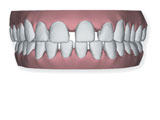
Widely spaced teeth – occur when you have extra space within your jaw.
Cross bites
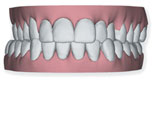
Cross bites – occur when the upper and lower jaws are both misaligned. It usually causes one or more upper teeth to bite on the inside of the lower teeth, and can happen on both the front and/or the sides of the mouth.
Deep bites

Deep bites – occur when the upper teeth overlap significantly with the lower teeth.
Under bites

Under bites – occur when the lower teeth protrude past the front teeth, usually caused by undergrowth of the upper jaw, overgrowth of the lower jaw, or both.
How Invisalign Works

